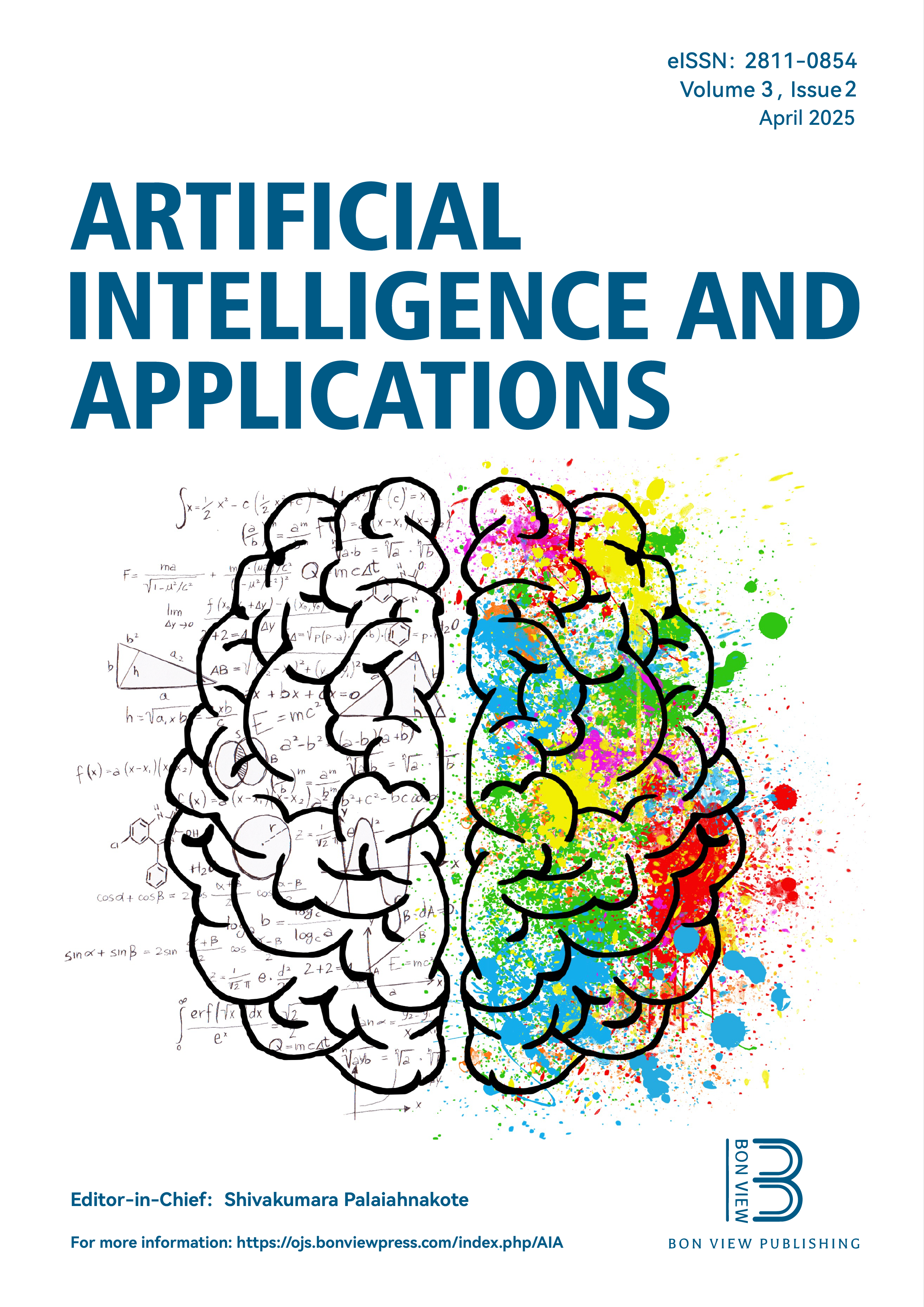Spatio-Temporal FFT-Based Approach for Arbitrarily Moving Object Classification in Videos of Protected and Sensitive Scenes
DOI:
https://doi.org/10.47852/bonviewAIA3202553Keywords:
moving objects detection, vehicles movements detection, shaky camera detection, subtraction approach, arbitrarily moving objects detectionAbstract
Arbitrary moving object detection including vehicles and human beings in the real environment, such as protected and sensitive areas, is challenging due to the arbitrary deformation and directions caused by shaky camera and wind. This work aims at adopting a spatio-temporal approach for classifying arbitrarily moving objects. The proposed method segments foreground objects from the background using the frame difference between the median frame and individual frames. This step outputs several different foreground information. The mean of foreground images is computed, which is referred to as the mean activation map. For the mean activation map, the method employs the fast Fourier transform, which outputs amplitude and frequencies. The mean of frequencies is computed for moving objects in using activation maps of temporal frames, which is considered as a frequency feature vector. The features are normalized to avoid the problems of imbalanced features and class sizes. For classification, the work uses 10-fold cross-validation to choose the number of training and testing samples and the random forest classifier is used for the final classification of arbitrary moving and static videos. For evaluating the proposed method, we construct our dataset, which contains videos of static and arbitrarily moving objects caused by shaky cameras and wind. The results of the video dataset show that the proposed method achieves the state-of-the-art performance.
Received: 29 November 2022 | Revised: 22 March 2023 | Accepted: 13 April 2023
Conflicts of Interest
Palaiahnakote Shivakumara is the Editor-in-Chief and Umapada Pal is an Advisory Board Member for Artificial Intelligence and Applications, and were not involved in the editorial review or the decision to publish this article. The authors declare that they have no conflicts of interest to this work.
Data Availability Statement
Data available on request from the corresponding author upon reasonable request.
Author Contribution Statement
Maryam Asadzadehkaljahi: Conceptualization, Investigation, Resources. Arnab Halder: Conceptualization, Methodology, Software, Formal analysis, Investigation, Writing – original draft, Visualization. Palaiahnakote Shivakumara: Methodology, Validation, Writing – original draft, Supervision. Umapada Pal: Writing – review & editing, Supervision.
Metrics
Downloads
Published
Issue
Section
License
Copyright (c) 2023 Authors

This work is licensed under a Creative Commons Attribution 4.0 International License.






